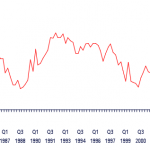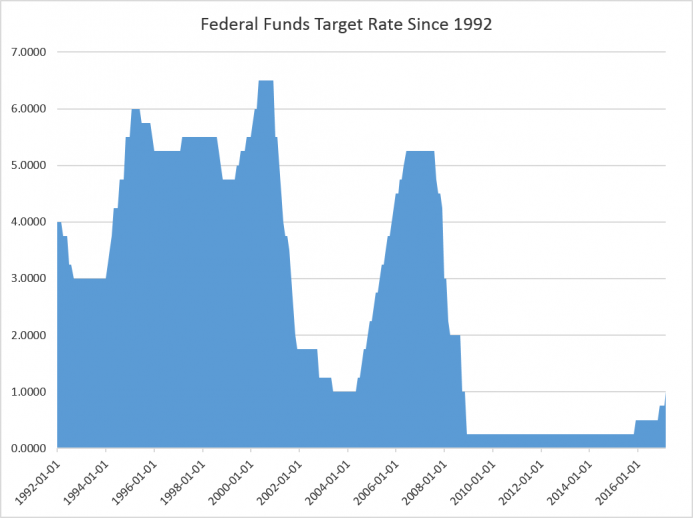A couple of weeks ago in the offices of the Adam Smith Institute, I addressed more than twenty of China’s most senior economic thinkers while they visited London. All were members of China’s Development Research Centre (DRC) – the leading think tank of Communist Party’s Central Committee and the State Council.
At their request, I touched on the history of the UK’s free market think tanks, the importance of maintaining independence and how, in the Anglo-sphere, such organisations are often funded by a diverse array of non-governmental sources including individuals, foundations and enterprises.
I also talked about money, banking, accountancy rules, the sovereign debt crisis and I even briefly managed to touch on the issue of gold. Everyone smiled when we mused over the fact that the Chinese state represents 32 percent of GDP while the UK government is heading towards 52 percent.
However, the real fun started when we moved to the questions and answers section. Very quickly, a hand went up in the front row and through the translator a gentleman on my right asked “have you ever heard of the Austrian School of Economics?” I smiled, paused, said “yes”, explained why, and we all moved forward.
Later, the leader of the delegation said that while Adam Smith had been translated in to high Chinese at the beginning of the twentieth century, the Communist Party had had it more accessibly translated thirty years ago – in the early 1980s.
Now, reflecting on all of this after the event, I was reminded of something a friend at Liberty Fund had said to me concerning the launch of The Online Library of Liberty in the middle of the last decade. Within two days of the library going live its South East Asian server out of Australia crashed. Under investigation it turned that it had been due to the number of students in China trying to download J.S. Mill’s On Liberty.
I have no idea how many people in China are reading the classical liberal ideas of Adam Smith and J.S. Mill or are in any way familiar with the greats of the Austrian School of Economics. But this is a question to which I wish I had an answer.




“Everyone smiled when we mused over the fact that the Chinese state represents 32 percent of GDP…”
Perhaps, Dr Evans, that was because your statistic is rather misleading; much of what the Chinese call the “private sector” is in fact partly State owned.